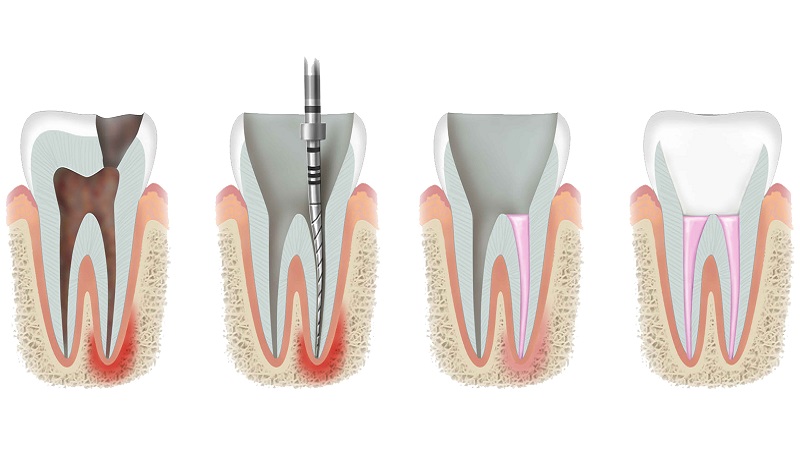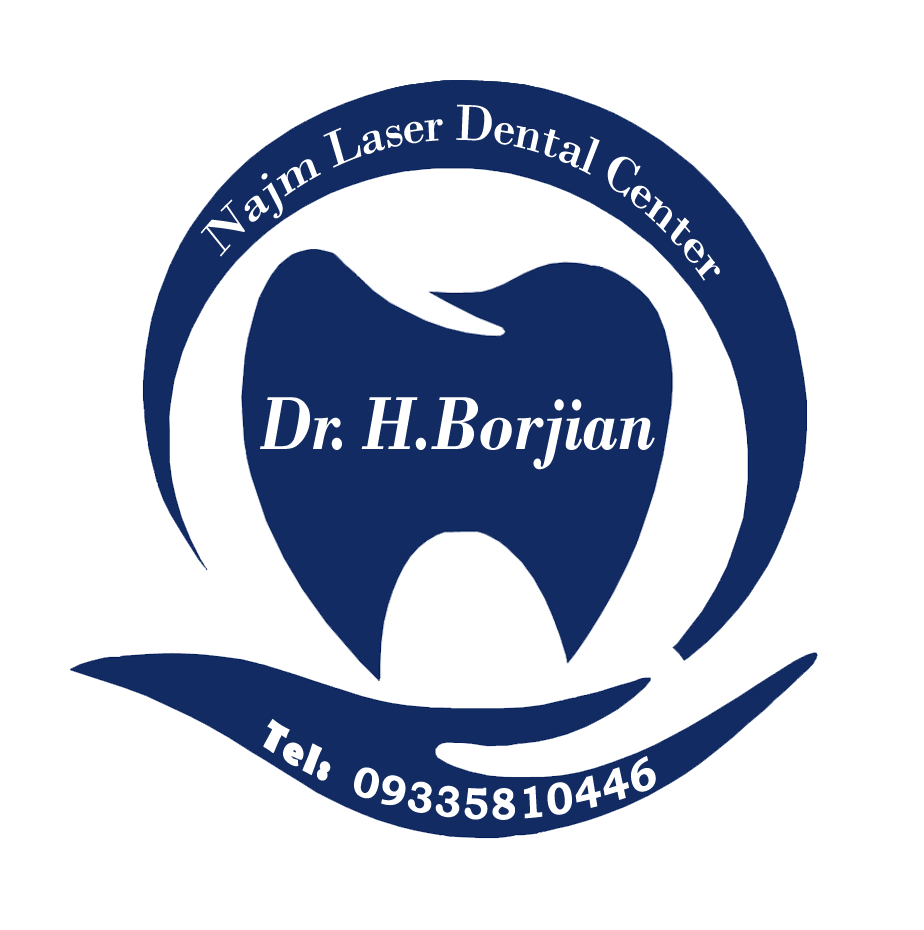How to denerve a four-channel tooth
Dental nerve extraction is one of the common treatment methods in the field of dentistry. Each tooth is different based on the number of root canals it has. The number of roots and tooth canals has a direct effect on the cost and complexity of nerve extraction and root canal treatment. In the rest of this article, we will examine Dr. Hossein Borjian's site on four-channel denervation.
What is dental denervation?
root canalIt is a treatment method that is used in cases where the tooth has severe decay or infection. In this method, the nerve and pulp of the tooth are removed and the inside of the tooth is cleaned and disinfected. Performing nerve extraction has goals such as saving teeth, maintaining oral health and preventing further infection. The root of the tooth refers to the natural cavity in the center of the tooth, and the pulp or pulp chamber is the area located in the root canal of the tooth.. The tooth nerve is located between the root canals. After the tooth sprouts and leaves the gum, the nerve of the tooth is not necessary for the function of the tooth and only transmits the feeling of cold and warmth.. In general, the presence or absence of the nerve in the tooth does not affect the normal activity of the tooth.
It means a four-channel tooth
A four-channel tooth refers to a tooth whose roots are divided into four root canals. These teeth are generally the sixth and seventh teeth in the upper and lower jaw and the right and left teeth of the jaw.. Each root canal is responsible for keeping the tooth alive and transmitting sensations of cold, heat, pain and pressure to the tooth. Four-channel teeth denervation means the treatment of the nerves of teeth that have four root canals. These teeth usually have three root canals, but in some people the number of canals may be more or less than three.. If the tooth has an additional canal, it is called a four root canal tooth.
Procedures for denervation of four-channel teeth
۱. Anesthetic injection:
About 10 minutes to half an hour before nerve extraction, anesthesia is injected so that the patient does not feel pain during the operation.
۲. Access to the dental nerve:
Using tools such as dental burs and turbines, tooth enamel and dentin are removed so that the burr can be inserted into the tooth canal..
۳. Finding the entrance to the dental canals:
The doctor must correctly identify the dental canals and know the entrance of each one. Correct diagnosis of the canals is very important so that no canal is missed and there is no need for re-treatment.
۴. Cleaning and shaping channels:
Using a file or file, the canals are cleaned and shaped to remove dead tissue and bacteria from the canals..
۵. Root filling:
Using gutta-percha and sealer, the root of the tooth is filled so that no empty space remains.
۶. Use of posts:
To strengthen the tooth structure, posts are placed inside the canal. Today, fiber pastes are used, which are stronger.
۷. Dental crown filling:
By using dental composite, the tooth crown is filled to preserve the tooth structure. If needed, the stage of tooth veneer is also performed.

Care tips after tooth extraction
After root canal treatment, proper care is very important to maintain dental health and prevent infection and other problems. Below are some of the important cares after nerve removal for you:
- Use of nonsteroidal anti-inflammatory drugs such as ibuprofen or naproxen to control pain and inflammation.
- Rest and limited activity in the early days.
- Minimize chewing with treated teeth.
- Maintain oral hygiene by brushing, flossing and using antibacterial mouthwash.
- Follow the regular visit to check the condition of the tooth and its complete restoration.
Remember that each person and each treatment may have their own unique needs. Therefore, it is best to talk to your dentist for more detailed guidance and advice on post-nerve extraction care..
The success rate of tooth extraction
The success rate of nerve extraction depends on various factors, including the initial condition of the tooth, the experience and skill of the dentist, and the patient's compliance with treatment procedures and post-nerve extraction care.. However, in approx 95 In a percentage of cases, denervation is successful and the tooth can be used and preserved throughout the patient's life.
The importance of denervation before orthodontics
Before starting Orthodontic The specialist doctor examines the condition of your teeth. If there are decayed and broken teeth, he treats them first. Because orthodontics with damaged teeth causes more serious complications.
Pain level in dental orthodontics
Pain and discomfort usually begin after orthodontic braces are adjusted, and the duration may vary.. This pain or discomfort is usually more intense in the first days after adjusting the braces and gradually decreases. In most cases, the discomfort will improve within a few days to a week. But it should be noted that each person has a special situation and experiences may be different.
Useful links:
The best dentist in Isfahan _ The best gum surgeon in Isfahan – The best cosmetic dentist in Isfahan
Ways of communication with the specialized dental center of Najm
The best dentist in Isfahan in the clinic 24 _ Treatment of mouth, jaw and face diseases in the clinic 24 _ Gum disease in the clinic 24
View the official Instagram page of Dr. Hossein Borjian.
The best dentist in Isfahan at Dr. Of _ The best gum surgeon in Isfahan at Dr. Of _ The best cosmetic dentist in Isfahan at Doctor Of
Suggested content:
Reduction of toothache reached the nerve
Benefits and side effects of dental veneers after denervation
The time between nerve extraction and dental veneers
The reason for veneering the tooth after nerve extraction



